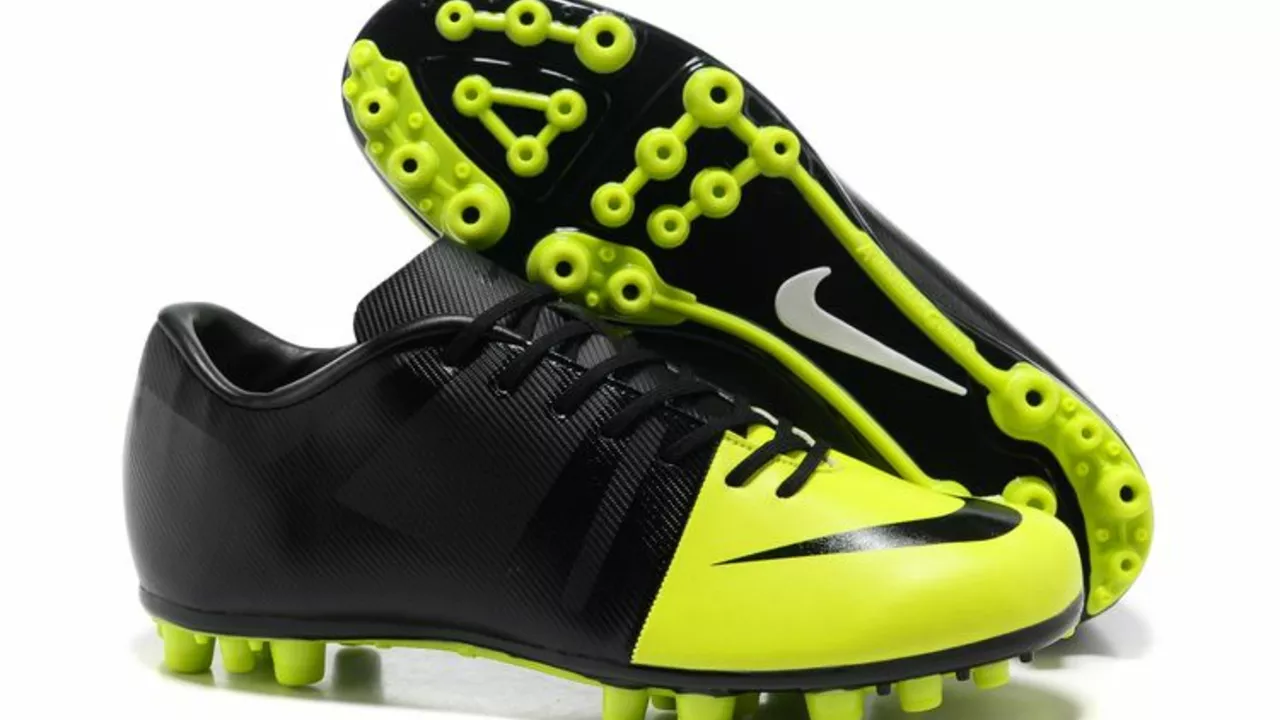Football Cleats Adjustment: How to Get the Best Fit Fast
Ever notice a sore spot after a match and wonder if your cleats are to blame? A small tweak can turn an uncomfortable pair into a performance boost. Below are practical steps you can take in minutes, no specialist needed.
Finding the Right Fit
First thing: the shoe should hug your foot without squeezing. Slip your foot in, tie the laces loosely, and stand on a flat surface. If your heel lifts when you press down, the cleat is too big. A snug heel means less sliding and more power transfer.
Use the “toe test.” Your big toe should just touch the front of the shoe; you need a finger’s width of space behind it. Too much room lets your foot slide forward, causing blisters. Too tight and you’ll feel pressure on the forefoot.
Check the arch support. Most youth soccer cleats have a mild arch cup. If the foot rolls inward (pronates) or outward (supinates) during a sprint, you may need an insole or a different model with built‑in arch control.
Fine‑Tuning Studs and Laces
Studs are the hidden heroes of traction. Before a game, tap each stud with your knuckle. If one feels loose, tighten the screw (most modern cleats have replaceable screws). Loose studs can twist under pressure and cause ankle twists.
When playing on firm ground, use shorter conical studs for quicker cuts. On soft, muddy pitches, swap to longer, bladed studs for better grip. Keep a small stud kit in your bag – it takes seconds to swap and saves you from slipping.
Lace patterns matter more than you think. The classic “criss‑cross” works, but many players prefer a “heel lock” (also called a runner’s tie) to lock the heel in place. To do it, make a small loop with the laces on each side before tying the final knot. This stops the heel from lifting during rapid direction changes.
If your cleats feel too tight after a few weeks, break them in gently. Wear them around the house with thick socks for short periods. This softens the leather and lets the material stretch where you need it.
Finally, keep them clean. Mud and grass can hide small cracks in the upper or weaken the stitching. Rinse with cool water, let them air‑dry, and apply a light leather conditioner if they’re made of leather.
With these adjustments, you’ll notice more control, fewer aches, and a confidence boost every time you step onto the pitch. Keep a quick checklist in your bag, and you’ll always be match‑ready.

How do I stretch a pair of soccer football cleated shoes?
Alright, my fellow football fanatics, we've all been there - those brand new, shiny soccer cleats that feel like they've been designed for a gnome's feet, right? Well, have no fear because your very own shoe-stretching guru is here to help! First off, we can trick those shoes into expanding by wearing them around the house with a pair of thick socks - it's like giving them a workout. If that's not enough, you can fill a bag with water, stuff it in the shoe, and then pop it in the freezer so the shoe expands as the water turns into ice (seriously, it's science). And if all else fails, you could always take them to a professional cobbler - yes, they still exist! So, give these tips a whirl and turn that hobbit-foot nightmare into a Cinderella dream fit!
Continue Reading
